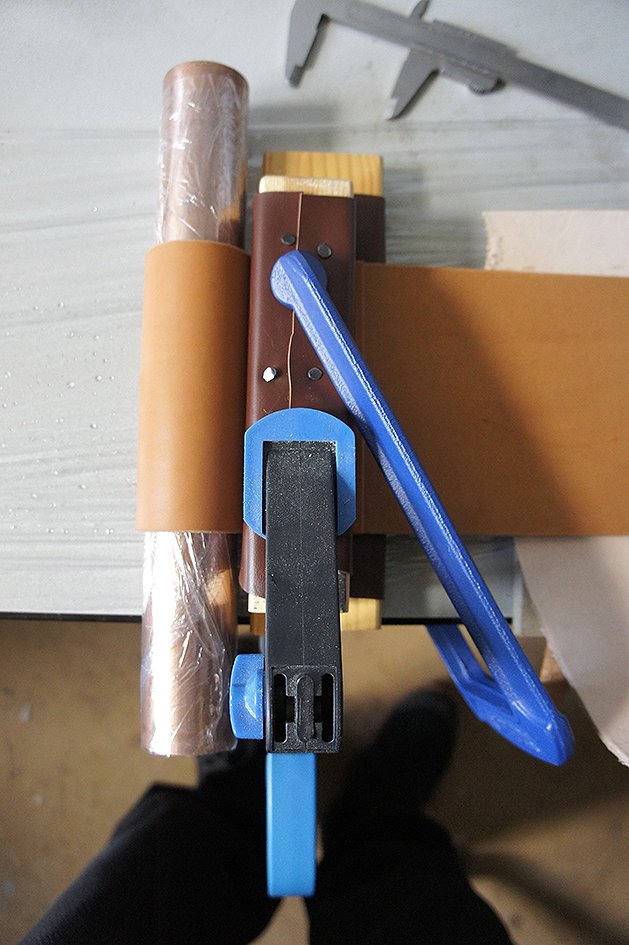Image my own
I’m in the studio again. I go straight to the piece I’m working on Jericho , keen to finish it in time for the show and just to see it made. I start sanding it again. I have more vision and understanding for it. The burning is scorching, the effect we feel in transition to permanent change.
I wanted to French polish the sanded part have it really refined travelling through up to the raw state. ( I still feel an affection for the work).
I also check on the other leather piece - couple of planning mistakes but no mind - I’m trying to push out more in theses limited time sessions. Embrace the rhythms. I plan to leave the original nature of the wood intact - it’s history still present and hard to deny, but effect a transformation, the passage marked upon and into it’s skin.
There is a journey as you travel up the piece - moving up the wood following the grain, beginning with a finished and polished section, the knots and grain brought out and embellished, the honey of the wood drawn forward, sanded and polished. Then it transitions into blackening, the wood scorched and velvet like becoming a dense black. Finally the black transitions out into the raw original state of the wood when it was a fence panel.
I’m gratful I have a spare pice of fence panel ‘pre burnt’ and sanded to test stuff upon, as I like the work I get more precious about it which can be annoying a slows my making down. This was supposed to be an hours work but has swiftly turned into more. But then the more is good ideas are evolving and gestating. I apply some yathch varnish - longing for French polish. Maybe the second and third layers…
The power has just gone pout in my studio - I’m only in here for a precious 2 hours and now I can’t see. I set up the laptop and use what light is available - I also move out to the hall where there is emergency LED lighting and carry on as best I can.
Almost there what’s left Is to stitch and oil the leather. I wondered about inserting more layers into the piece but I’m trying to keep within my original restraints of a quick sculpture - I edit and have decided to leave it as it is and see how the piece feels once finished. I can always make more and evolve from it - if I like it enough.





















































